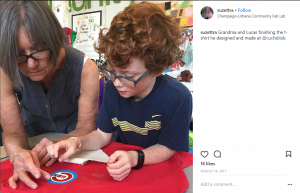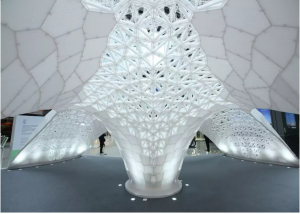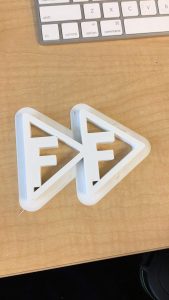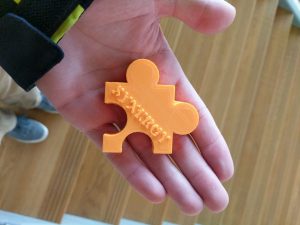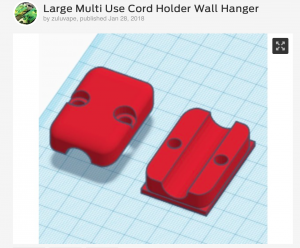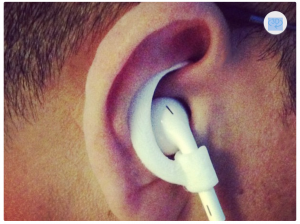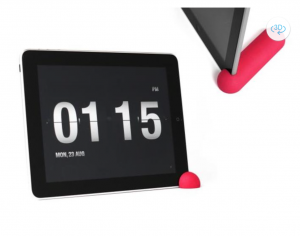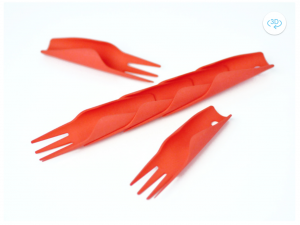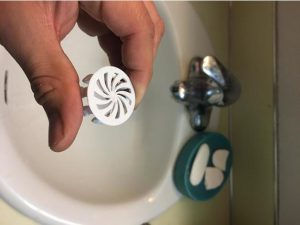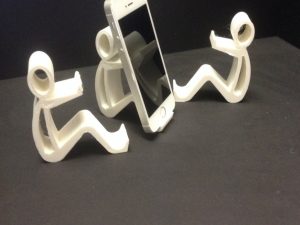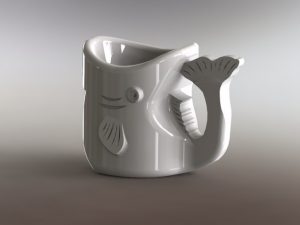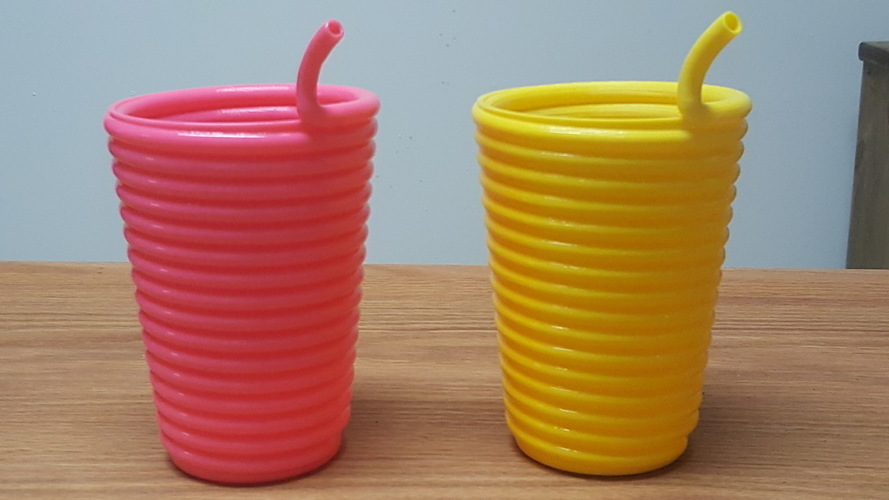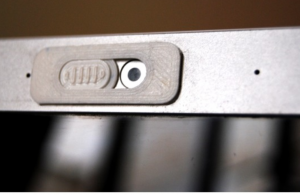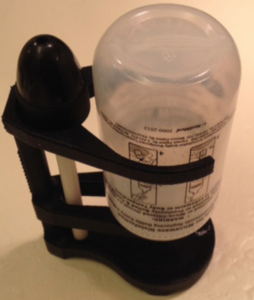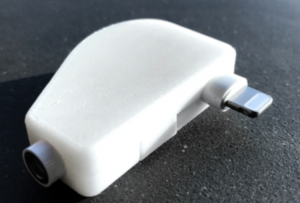Hello!
My name is Maddi Wethall and before coming to this class I didn’t have much interest in 3D printing or the way it can impact the business world. However, after the two speakers, the multiple videos and the conversations I have had with other students, I am extremely excited to get started and learn as much as I can about 3D printing.
The main takeaway from the readings and discussions in class is the power of experimenting and being creative. The only reason Arielle Rausin has become so successful in her customized wheel chair racing gloves is because she took a chance and allowed herself to think out of the box. I think society today is very logical and straightforward, therefore we are afraid to think out of the box. However, with 3D printing, that is your only choice. Neil Gershenfeld talks in his article, “How to Make Almost Anything,” about the importance of creativity and curiosity.
I also found it interesting when John Hornick was talking about the “Zero Marginal Cost,” meaning that making one print is just as expensive as making one million. This is a huge benefit of 3D printing. This idea of zero marginal cost allows the consumers to become the makers and designers of their own products. Hopefully, 3D printing can become more popular and allow us to save resources and ultimately helping our environment.
While looking at Thingiverse and Shapeways, I have found four interesting objects that I think could really benefit my every day life.
#1 Tea Helper
https://www.thingiverse.com/thing:2765102
The tea helper lifts up the string from the tea bag, not allowing the tea to leak through the string. This is a simple, yet effective tool that could benefit your every day life. You can customize the grasp of the tea helper to fit your exact coffee mug.
#2 Guitar Mount Pick Holder
https://www.shapeways.com/product/AASRY2NEE/guitar-mount-pick-holder?optionId=5380507&li=featured
This pick holder jumped out to me right when I saw it. When I play the guitar, often times I put the pick in the strings of the guitar when I am done with it. This causes it to easily fall out or get stuck in the guitar’s hole. With this pick holder, it allows you to place your pick on your guitar without the chance of it falling out.
#3 EarPods Attachements
https://www.shapeways.com/product/NT9URUCJ4/earpod-attachments-for-active-people?optionId=43788262&li=featured
This one definitely stood out to me the most because this is what I suggested to my group about making for our project (I guess everything HAS been thought of!). Apple headphones are not customizable and are expected to fit in everyone’s ears, which is obviously not possible. So, these earpod attachments allow you to have customized headphones without the insanely expensive price.
#4 DIY Hue Living Color Light
https://www.thingiverse.com/thing:2773413
This device allows you to add “mood lighting” to any room you’re in! Most college apartments have strong, florescent lights, so it would be nice to have a customized light that allows you to have dimmer, more comfortable lighting.
Thanks for reading and looking forward to reading yours as well!

